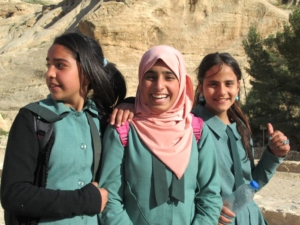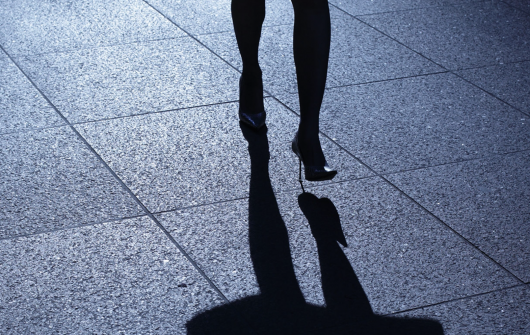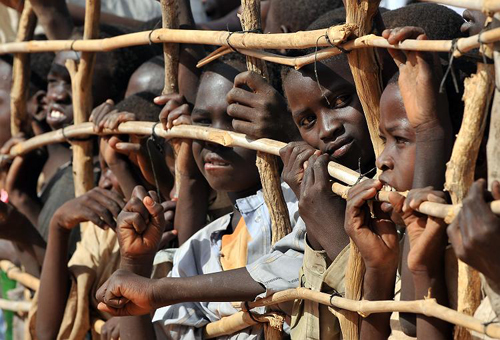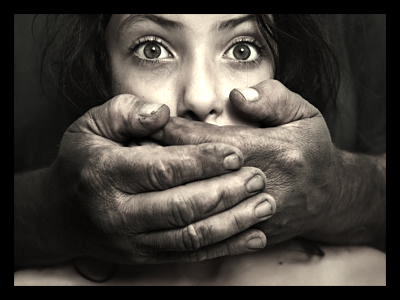 The World Health Organization (WHO) estimates that approximately a third of women will experience physical or sexual violence from an intimate partner or non-partner during their lifetime. In South Africa alone, more than 50,000 sexual offense cases were reported in 2021/2022; almost 42,000 of which were rapes. Jes Foord founded the Jes Foord Foundation (JFF) in the late 2000s after her own traumatic rape experience. The foundation’s mission is to restore dignity to rape survivors and preemptively address the root causes of violence against women before it occurs. It operates in Kwa-Zulu Natal, South Africa, a region that witnessed 9,617 sexual offense cases in 2021/2022, almost 8,000 of which were rapes.
The World Health Organization (WHO) estimates that approximately a third of women will experience physical or sexual violence from an intimate partner or non-partner during their lifetime. In South Africa alone, more than 50,000 sexual offense cases were reported in 2021/2022; almost 42,000 of which were rapes. Jes Foord founded the Jes Foord Foundation (JFF) in the late 2000s after her own traumatic rape experience. The foundation’s mission is to restore dignity to rape survivors and preemptively address the root causes of violence against women before it occurs. It operates in Kwa-Zulu Natal, South Africa, a region that witnessed 9,617 sexual offense cases in 2021/2022, almost 8,000 of which were rapes.
The Handbag Project: Restoring Hope to Rape Survivors
In the aftermath of rape, survivors require care and support. Through The Handbag Project, JFF provides essential toiletries and care items like sanitary pads, soap and underwear in donated handbags, along with a note of comfort. As of 2023, JFF has distributed 54,450 handbags to rape crisis centers, 60% of which go to child rape survivors. These bags include toys and art supplies which serve as tools for art therapy and safety items for young survivors.
Empowerment Through Awareness
JFF recognizes the importance of raising awareness as a preventive tool against rape in South Africa. When sexual violence becomes taboo, survivors feel isolated and harmful norms fester unchecked. Through awareness lectures in schools, workplaces and other institutions, JFF covers essential topics like human rights, consent and the importance of counseling. As of 2023, it has reached more than 450,000 school-aged children, 12% of whom sought counseling after listening to an awareness lecture.
In 2018, JFF piloted a more comprehensive Learner Awareness Impact Program. Over a six-week course, enrolled high schoolers cover subjects such as personal rights, “no means no” and what to do if you have been raped.
Additionally, through its Young Men’s Mentorship Program, JFF hosts an annual three-day camp for underserved teenage boys from Kwa-Zulu Natal. It covers topics like self-esteem, sex and relationships, bullying, the importance of communication and how to make a difference in your community. As of 2023, 148 young men have completed this program.
The importance of awareness-raising, especially among young men, could not be a more important part of addressing rape in South Africa. Globally, 25% of women who have been in a relationship have suffered sexual or physical violence from their partner. Worse, intimate partners perpetuate up to 38% of murders targeting women. The WHO cites education as a key risk factor determining whether a young man becomes a sexual abuser later in life.
Looking Forward: A Path To Healing and Progress
The Jes Foord Foundation’s dedication to dignity and awareness offers hope to survivors of rape in South Africa. By breaking the silence surrounding this issue and challenging harmful norms, JFF paves the way for a safer and more compassionate society.
– Faye Crawford
Photo: Unsplash

 Hundreds of thousands of refugees have passed through
Hundreds of thousands of refugees have passed through 


